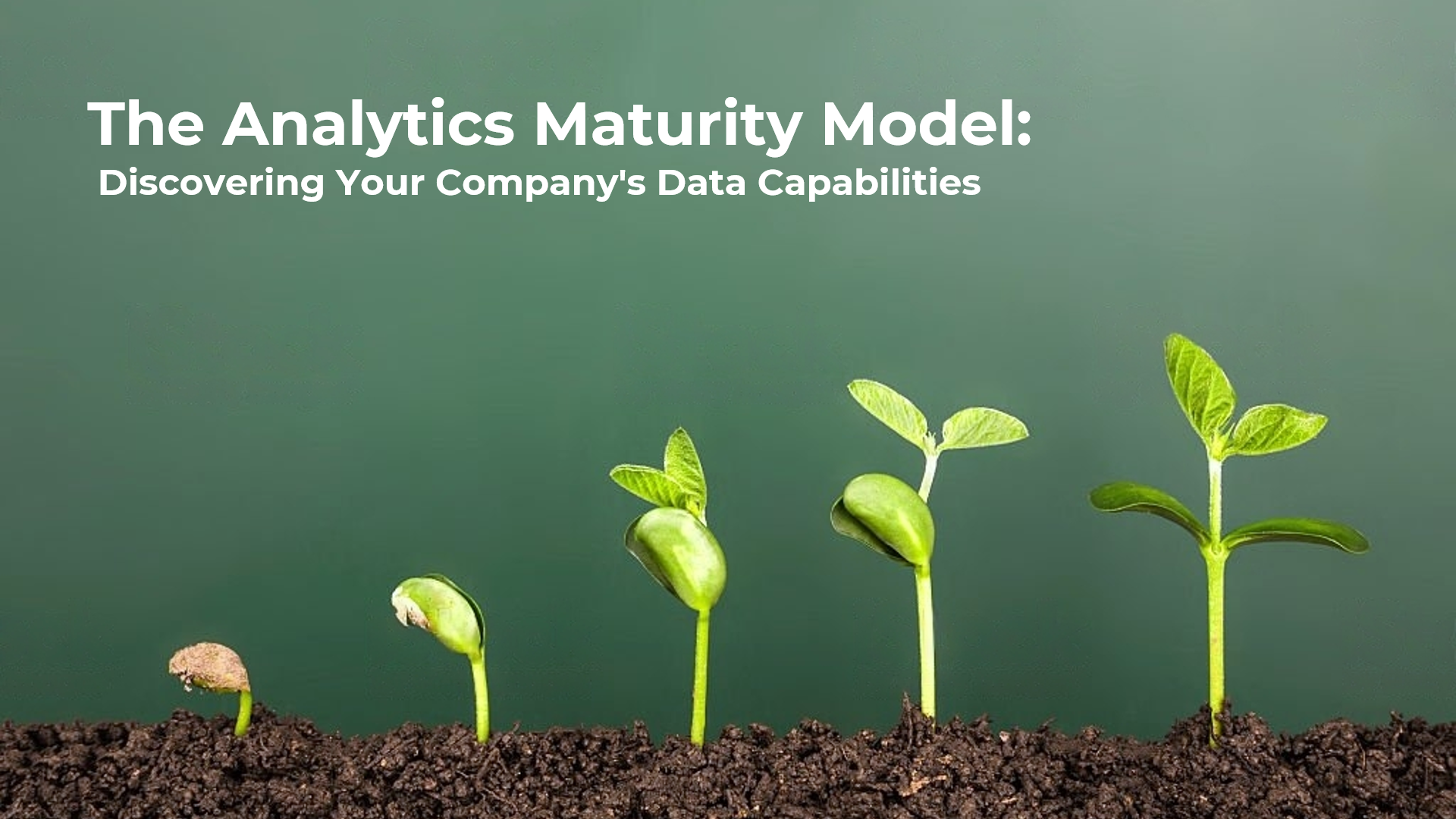The Analytics Maturity Model: Discovering Your Company's Data Capabilities

As we all know, there are different stages of analytics, and every organization must be at certain stage. To know what your organization’s maturity on analytics – one needs to know the analytics stages and how each department or business function is functioning. For organizations to make data driven decisions, there needs to be well defined processes, KPIs and data collection software in place.
Interesting thing is, higher the maturity of analytics, there will be more data driven decision making and probably more accurate.
What are different stages of Analytics?
There are 4 stages of Analytics stages, and each has its own significance and needs. Namely – Descriptive analytics, Diagnostic analytics, Predictive analytics and Prescriptive analytics. Probably jumping to Predictive stage without having to go through Descriptive or Diagnostics stage might not be recommended and might not yield intended results.
Let us understand each stage of analytics in detail.
Descriptive Analytics:
In case, your organization is primarily focused on reporting and tracking key metrics such as website traffic, sales, or customer feedback, it may be at the descriptive analytics stage. At this stage, your organization is using data to understand what has happened in the past and to monitor ongoing performance.
Example for Descriptive analytics could be a report that displays the most commonly sold products by a retailer in a particular region or store. The report could provide insights into customer preferences and trends, allowing the retailer to adjust its product offerings and marketing strategies accordingly.
Overall, Descriptive Analytics is focused on summarizing and presenting data in a way that can be easily understood, providing a foundation for further analysis and decision-making.
Diagnostic Analytics:
In case, your organization is starting to dig deeper into its data to uncover patterns, trends, and relationships between different metrics, it may be at the Diagnostic Analytics stage. At this stage, your organization is using statistical techniques and data visualization tools to understand why certain events or outcomes have occurred.
Let’s say a manufacturing company has noticed a decrease in production output over the past quarter. The company may use Diagnostic Analytics to investigate the root cause of the problem.
By analysing the interactive dashboards closely, the company may discover that production output decreases when certain machines are offline for maintenance, or when certain employees are absent. Armed with this insight, the company could take steps to address the underlying issues, such as scheduling maintenance during off-hours or cross-training employees to cover for absences. Check out Intellify’s Manufacturing Analytics Solution.
Overall, Diagnostic Analytics is focused on understanding the causes of specific events or outcomes, allowing organizations to make informed decisions and take targeted action to address issues and improve performance.
Predictive Analytics:
In case, your organization is starting to use data and statistical models to make predictions about future outcomes, it may be at the Predictive Analytics stage. At this stage, your organization is using data to forecast trends and identify potential opportunities or risks.
Predictive Analytics examples could be, Regression Analysis, Market Basket Analysis, Fraud Detection etc.
Overall, Predictive Analytics is focused on using data and statistical models to forecast future outcomes and identify opportunities or risks. By leveraging Predictive Analytics, organizations can make data-driven decisions and take proactive steps to improve their performance.
Prescriptive Analytics:
In case, your organization is starting to use data and advanced analytics techniques such as optimization and simulation to recommend actions that will optimize outcomes, it may be at the Prescriptive Analytics stage. At this stage, your organization is using data to make recommendations and decisions that are based on a comprehensive understanding of the factors that influence outcomes.
Let’s say a bank wants to optimize its loan approval process to minimize application rejection/abandon and maximize efforts utilization. The bank may use Prescriptive Analytics to determine the most efficient way to evaluate loan applications and approve loans.
Based on this analysis, the bank may discover that borrowers with certain Credit Scores or Income levels are more likely to get rejected on their loan applications. The bank could use this insight to develop training for their loan officers to target right persona of customers & also help them with a scoring model that considers these risk factors to approve loan application or reject the same. You can check out Intellify’s Lending Analytics Solution to know more.
Overall, prescriptive analytics is a powerful tool for the lending industry, enabling banks and other financial institutions to make data-driven decisions that minimize risk and maximize profitability.
Remember, it’s important to take a holistic view of your organization’s analytics maturity and to identify areas for improvement at each stage of the journey. By doing so, you can develop a road map for achieving greater analytics maturity and driving greater value from your data.
***
Intellify believes in creating single source of truth from multi data sources and provide state-of-the-art data infrastructure to improve, enhance and grow their business sustainably.
If you are looking to adopt a data driven decision making for your business, feel free to get in touch with our experts by clicking here.
